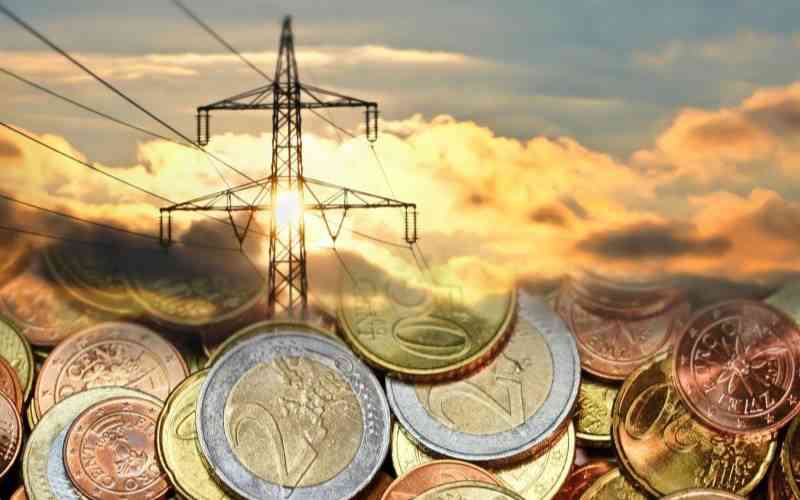×
The Standard e-Paper
Fearless, Trusted News

The cost of electricity has gone up in recent months, while all indications are that it should have gone down or at least held steady.
Key among the factors that were billed to drive down the cost of power was the recent rains that were expected to increase water levels at key hydro dams and increase power generation from hydro plants.